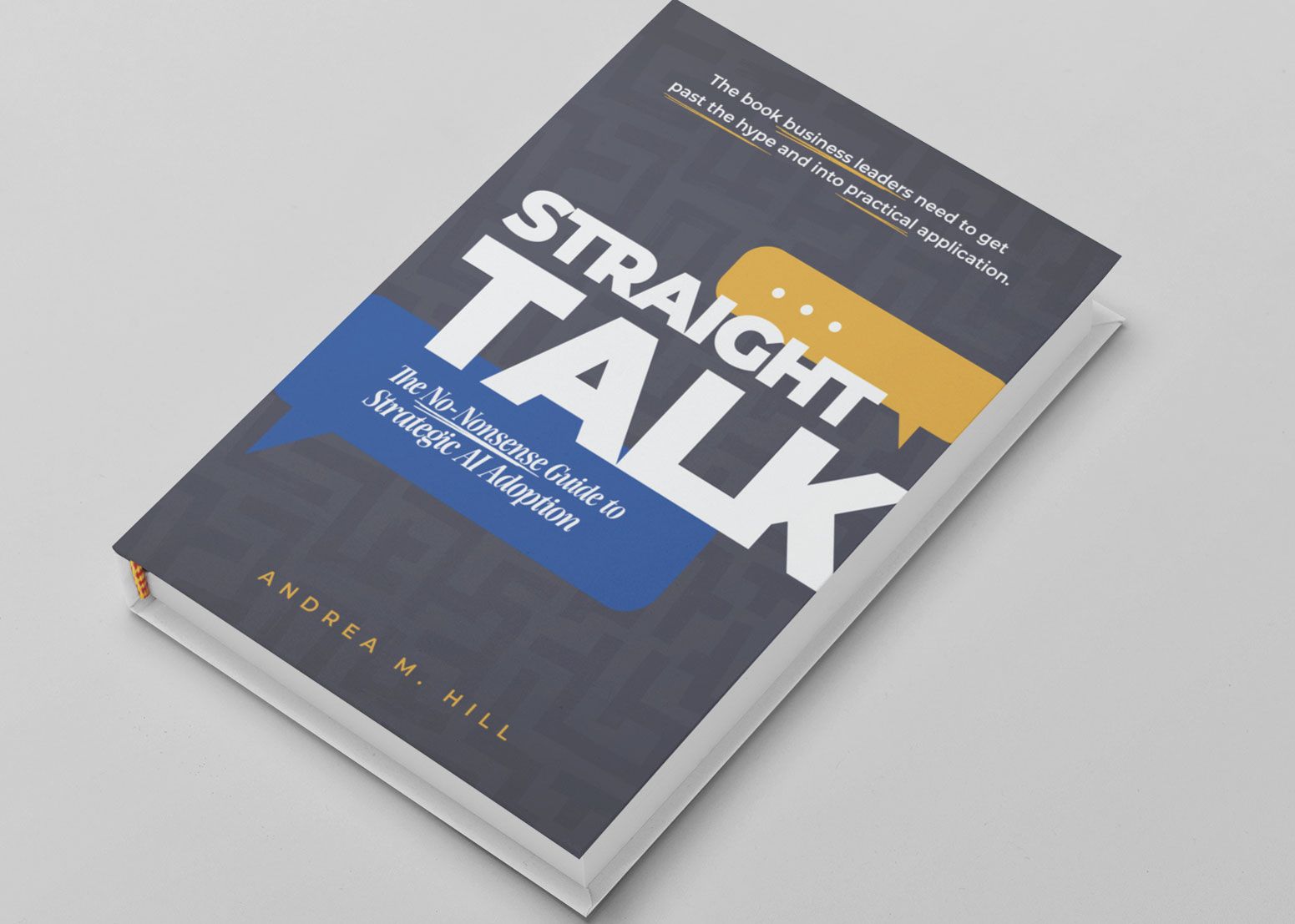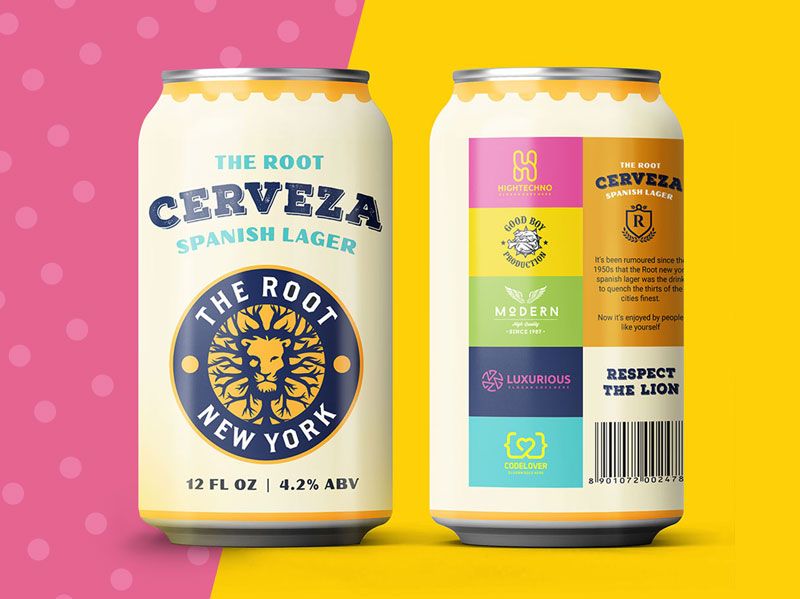Considering that we create and sell services, and not physical products, people are often surprised that Art Direction is treated as one of the most critical roles in our company and sits in the Strategy pillar of our organization chart (in our org chart, we don’t assign roles based on traditional departments or hierarchy—we organize them based on function and purpose. It’s a role-based structure, not a title-based one, and we place each role where it most powerfully contributes to the company’s mission).
Art Direction sits in the Strategy pillar —not in marketing or creative.
Because for us, visual identity is strategic:
- It shapes how people experience our services.
- It sets the tone for trust, quality, and clarity.
- It communicates what words alone often cannot.
When visual identity is siloed as “just design” or “just marketing,” the result is often a disjointed brand experience—one where strategy says one thing, but design suggests another.
In any business where perception and execution are tightly linked, how things look is inseparable from how they work—and how they feel to the customer. Design isn’t just window dressing. It’s infrastructure for belief and trust.
That’s why we treat visual language as a strategic discipline—not just a creative one. Because for a brand to fully resonate, design has to be attached to everything: the product, the packaging, the platform, the physical space, the trade show booth, the pitch deck, the onboarding email. Every touchpoint is a chance to tell a consistent story. Or to undermine it. For example, when every customer service or help desk email design aligns with your service tone and with your overall brand ... when every shipped package (labels, packing materials, even box design) reflects your design vision and brand promise ... clients gain clarity and confidence with each interaction. That's how you build strategic follow-through into your branding.
When design carries the same intent as strategy, customers don’t just understand what we stand for—they feel it. From beginning to end.











